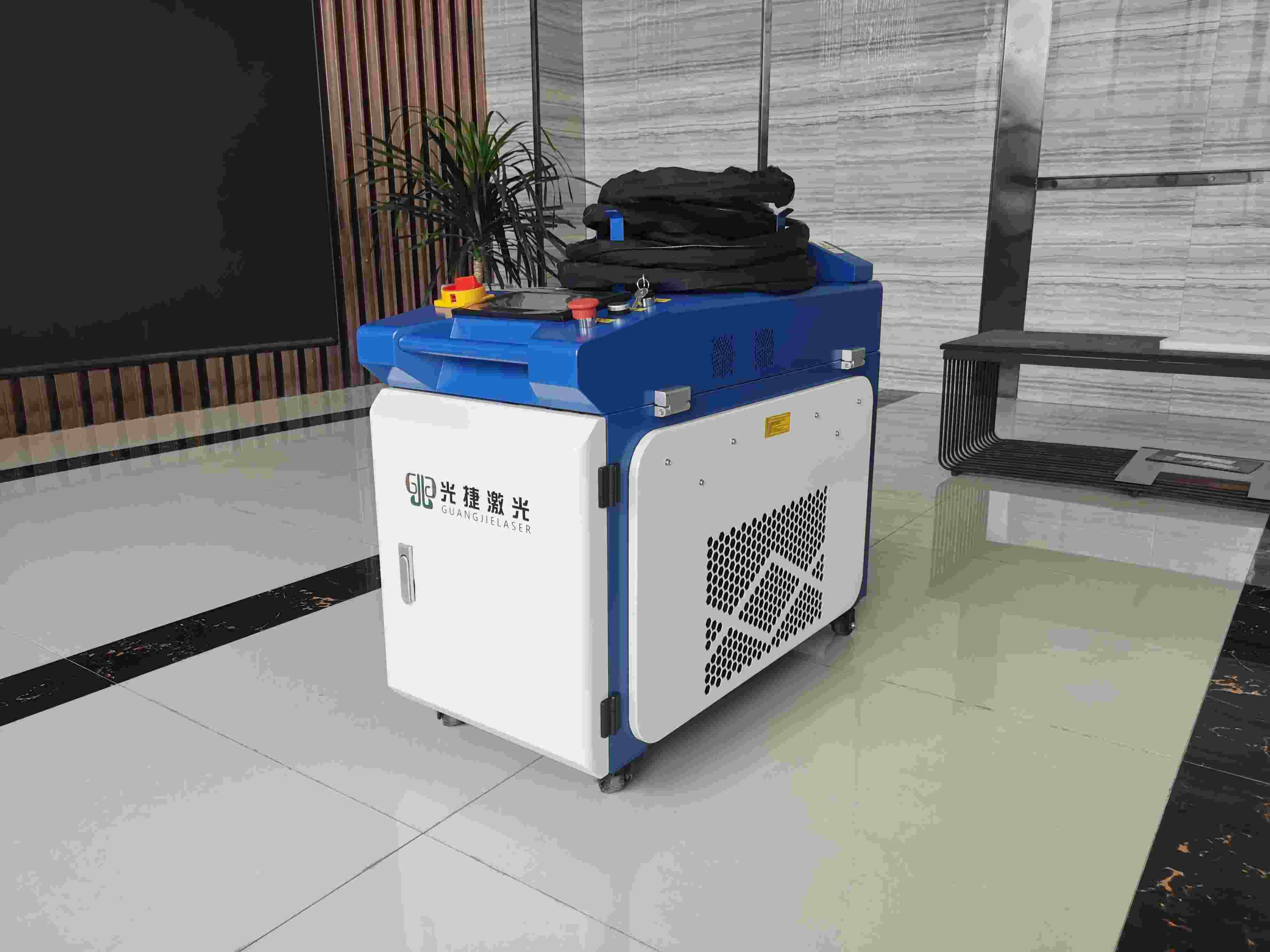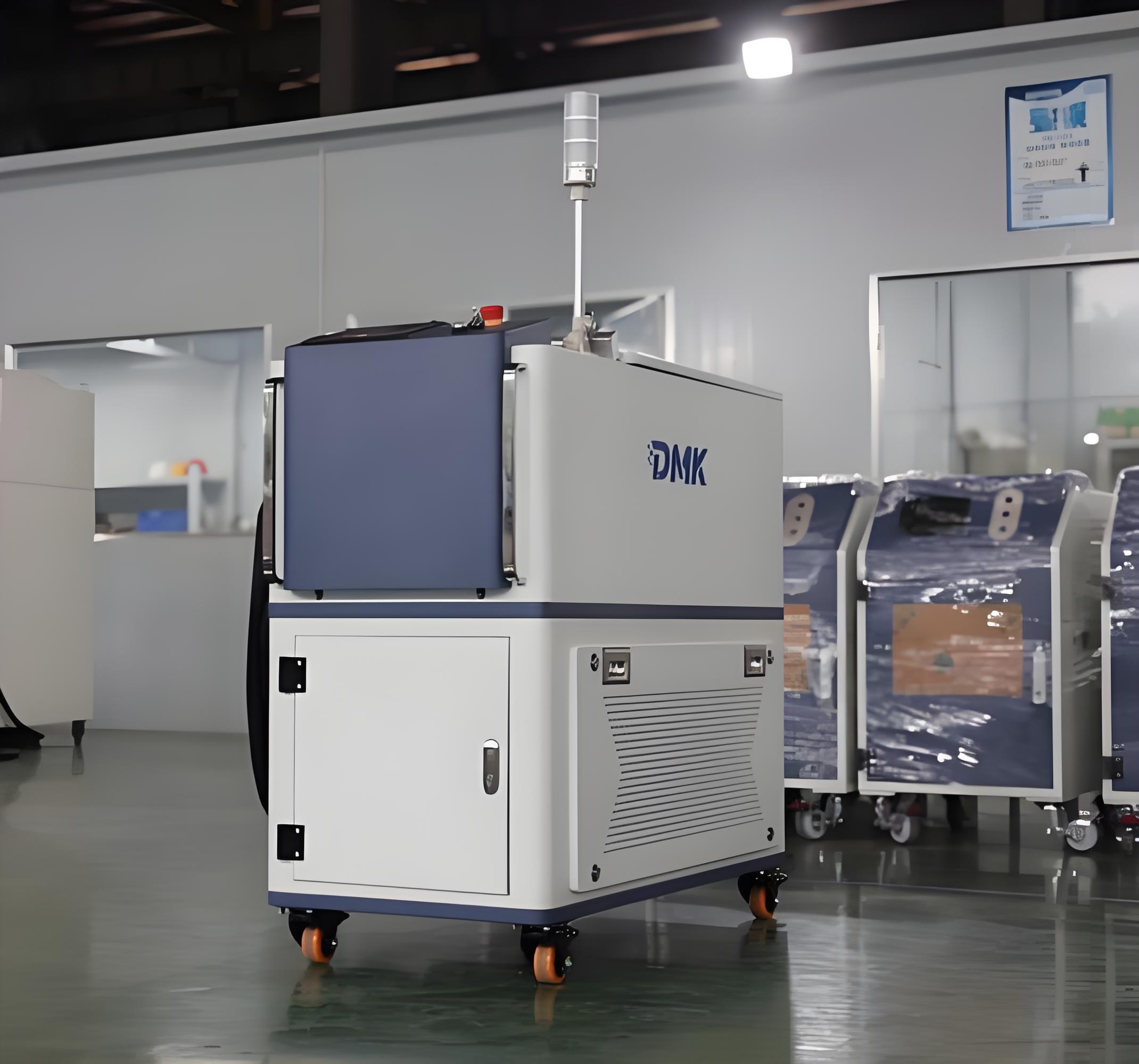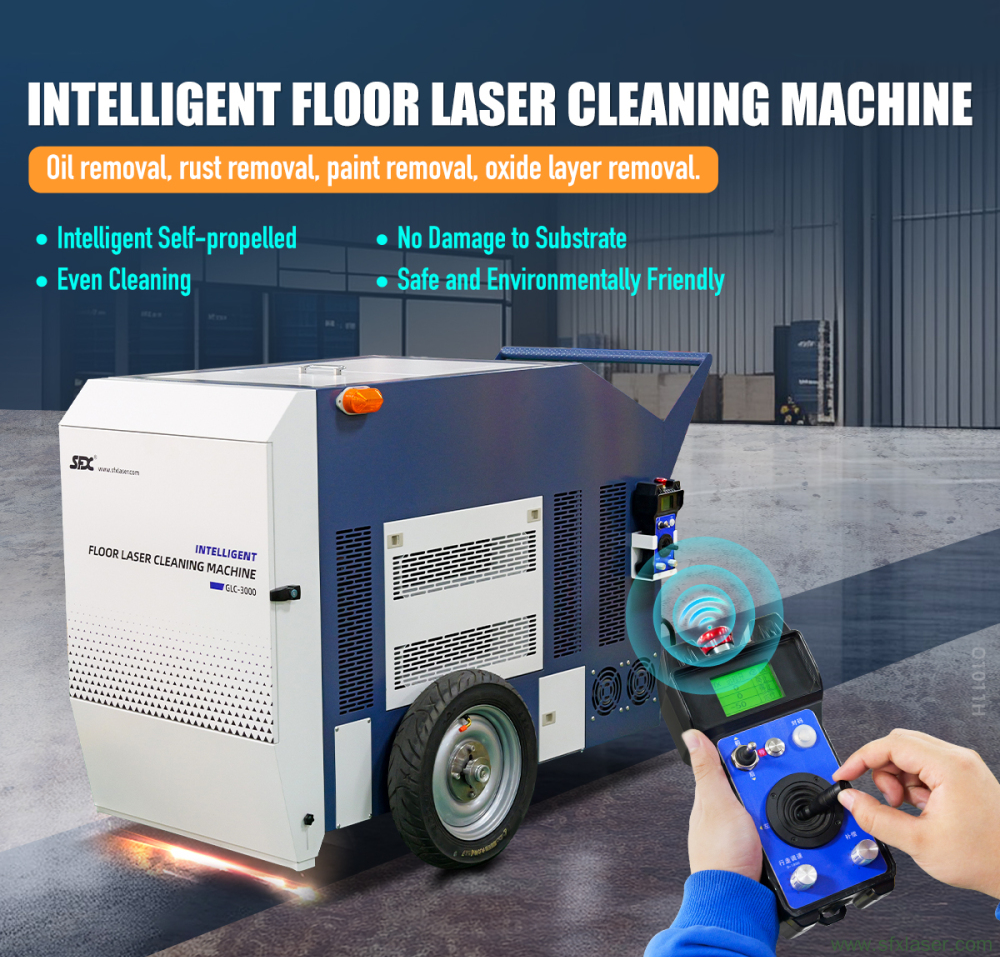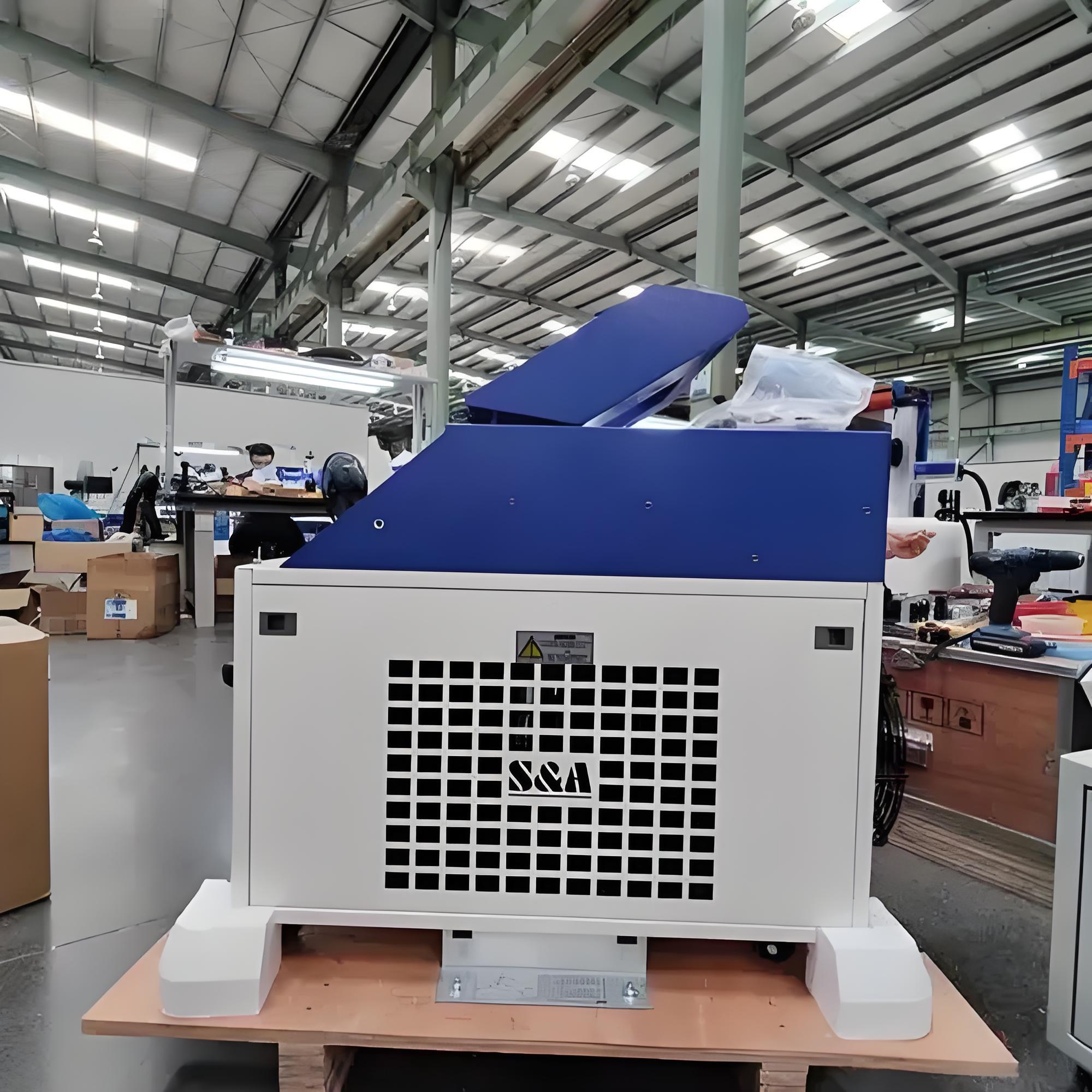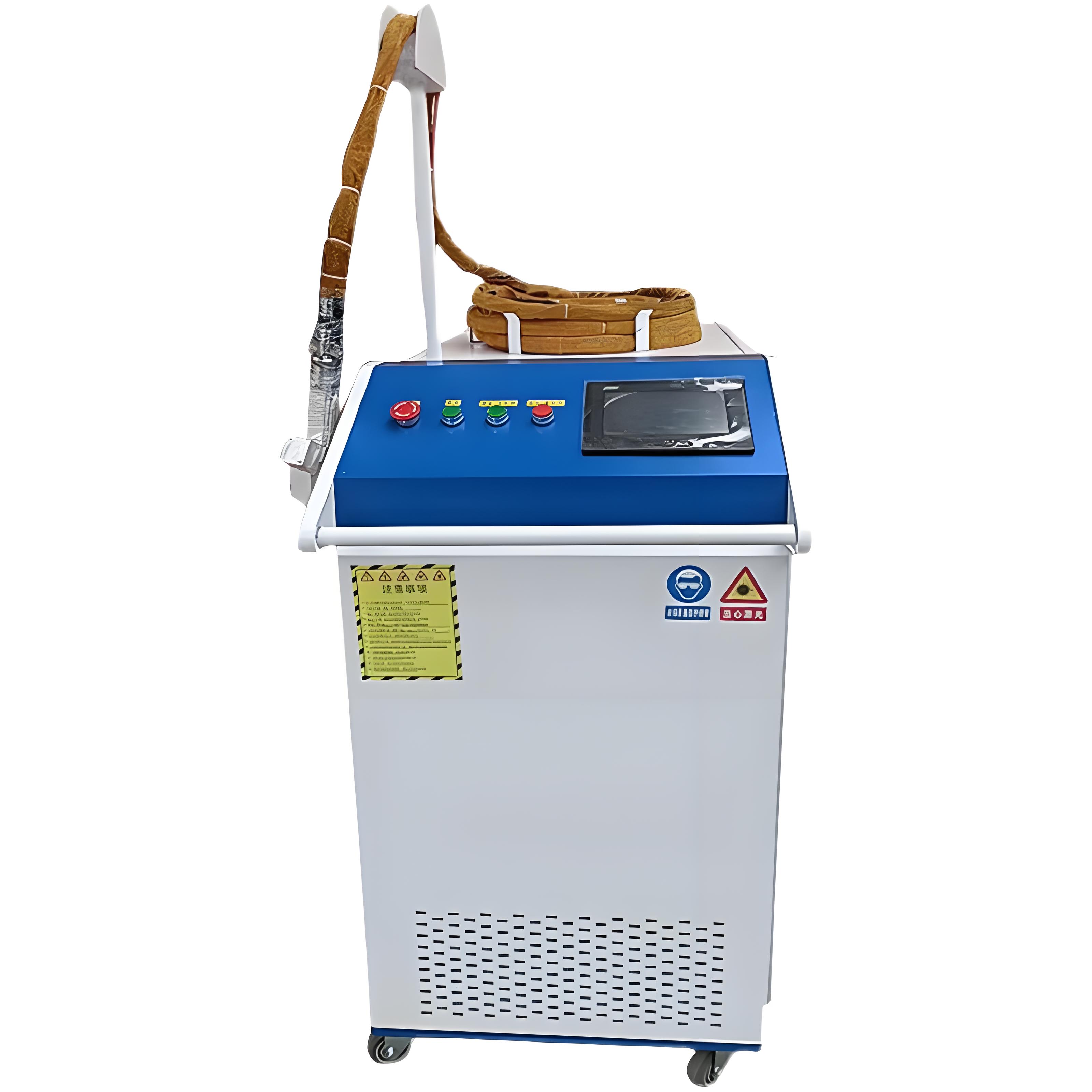n my years working with laser rust removal technology, I’ve noticed the global footprint of these machines expand significantly. Laser cleaning isn’t just a niche tool anymore; it’s rapidly becoming the go-to method for rust removal, surface preparation, and delicate cleaning tasks worldwide. But not all countries adopt this technology equally or for the same reasons.
If you’re curious about where laser rust removal machines are most popular, or if you’re considering expanding your business internationally, understanding the market distribution and regional preferences is crucial.
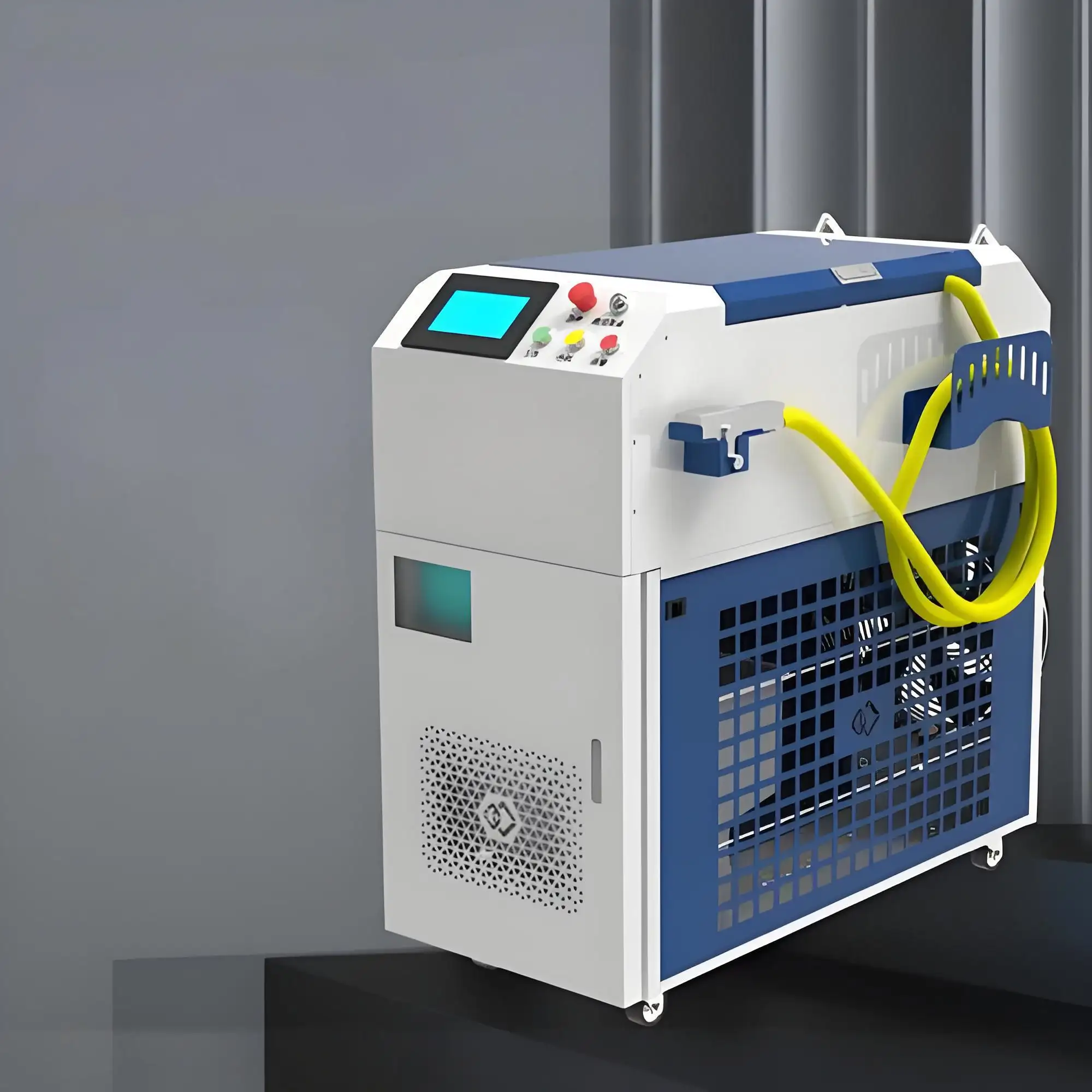
Why Certain Countries Embrace Laser Rust Removal Faster
Laser rust removal machines, due to their precision, environmental friendliness, and efficiency, appeal differently depending on a country’s industrial structure, environmental regulations, and technological adoption rate. The main factors influencing popularity include:
Industrial demand: Heavy industries like shipbuilding, automotive manufacturing, aerospace, and infrastructure maintenance drive laser rust removal demand.
Environmental policies: Countries with stricter regulations on chemical cleaners and abrasive blasting waste tend to prefer laser cleaning.
Technological infrastructure: Availability of skilled operators and maintenance facilities affects adoption.
Economic factors: Initial investment and ROI considerations impact willingness to adopt new tech.
Top Countries Where Laser Rust Removal Machines Are Highly Popular
Here’s a snapshot of regions where I’ve seen the highest adoption rates and growing interest, based on market trends, industry feedback, and my professional experience:
| Country/Region | Key Industries Driving Demand | Reasons for Popularity | Market Maturity Level |
|---|---|---|---|
| China | Shipbuilding, automotive, machinery | Large manufacturing base, rapid industrial growth, increasing environmental regulations | High |
| Germany | Automotive, aerospace, machinery | Advanced manufacturing, strong environmental policies, emphasis on precision and quality | Very High |
| United States | Oil & gas, aerospace, transportation | Focus on eco-friendly methods, strong aftermarket service networks | High |
| Japan | Electronics, automotive, shipbuilding | Early technology adopter, precision manufacturing culture | High |
| South Korea | Shipbuilding, automotive | Heavy investment in green technology and industry modernization | Growing |
| European Union | Automotive, aerospace, restoration | Strict emissions standards, subsidies for clean tech | Very High |
| Russia | Oil & gas, heavy industry | Growing need for maintenance in harsh environments, modernization push | Moderate |
China
The world’s manufacturing powerhouse, China’s industrial sectors generate vast amounts of rusted machinery, ship hulls, and infrastructure components needing efficient cleaning. Recently, the government’s emphasis on reducing chemical pollution has accelerated laser cleaning adoption. Plus, Chinese manufacturers are increasingly producing affordable, reliable laser rust removal equipment, boosting market penetration.
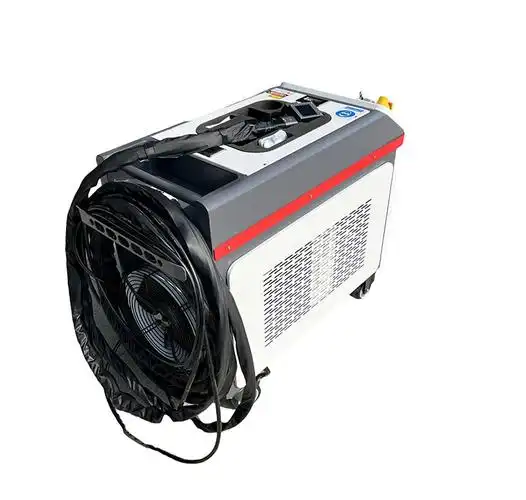
Germany and the European Union
European countries lead when it comes to environmental regulations and technology quality standards. Laser rust removal fits perfectly into their strategy to eliminate hazardous chemical use and reduce abrasive waste. German OEMs have integrated laser cleaning into automotive and aerospace assembly lines, and restoration projects across Europe frequently utilize this technology.
United States
In the U.S., industries like oil & gas, aerospace, and transportation focus heavily on reducing downtime and hazardous waste. Laser rust removal machines, with their non-contact, residue-free cleaning, have found a strong foothold. The aftermarket support infrastructure also makes it easier to maintain and deploy these systems broadly.
Japan and South Korea
Both countries have advanced manufacturing ecosystems, where precision and innovation are key. Japan, in particular, was an early adopter of laser cleaning tech in automotive and electronics sectors, using it for delicate surface prep and contamination removal. South Korea’s rapid shipbuilding industry and its push for cleaner tech adoption drive growing interest.
Russia
The demand here is more focused on oil, gas, and heavy industry maintenance under extreme environmental conditions. While adoption is slower due to economic and infrastructure challenges, the need for efficient rust removal solutions is growing steadily.
Why Some Markets Are Still Emerging
In many developing countries or regions with smaller industrial bases, laser rust removal machines remain a luxury due to:
Higher upfront costs compared to traditional methods.
Lack of trained operators and technical support.
Limited awareness of environmental and efficiency benefits.
However, as laser cleaning technology becomes more affordable and user-friendly, I expect these markets will catch up.
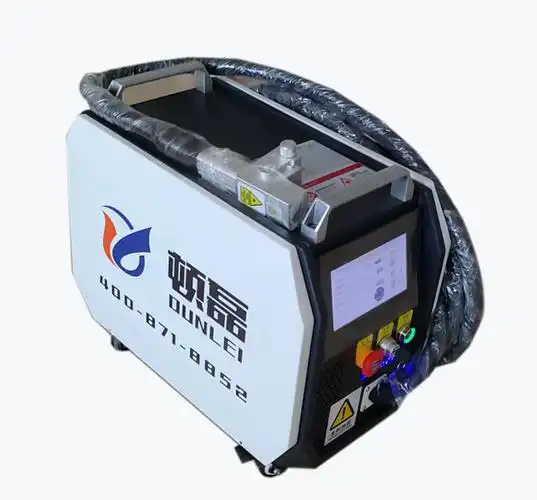
Summary Table of Laser Rust Removal Popularity by Country
| Country/Region | Popular Industries | Environmental Focus | Technology Adoption Level |
|---|---|---|---|
| China | Shipbuilding, machinery | Increasing | High |
| Germany | Automotive, aerospace | Very High | Very High |
| USA | Oil & gas, aerospace | High | High |
| Japan | Electronics, automotive | Moderate | High |
| South Korea | Shipbuilding, automotive | Growing | Growing |
| EU (Other) | Automotive, restoration | Very High | Very High |
| Russia | Oil & gas, heavy industry | Moderate | Moderate |
If you’re a manufacturer, focusing your marketing and distribution efforts on countries like Germany, China, and the USA can yield the best returns currently. For end-users in these regions, investing in laser rust removal systems aligns well with regulatory compliance and operational efficiency.
That said, don’t overlook emerging markets—they represent potential growth if you can offer affordable solutions with robust local support.
Final Thoughts
The global landscape for laser rust removal machines is as diverse as the industries they serve. While some countries lead due to industrial scale, environmental regulations, or technological readiness, others are rapidly catching up. Keeping an eye on these trends helps me advise clients on where to invest and how to tailor their solutions.
Laser rust removal’s green, precise, and non-invasive nature means its popularity will only grow—especially in places balancing heavy industry with environmental responsibility.
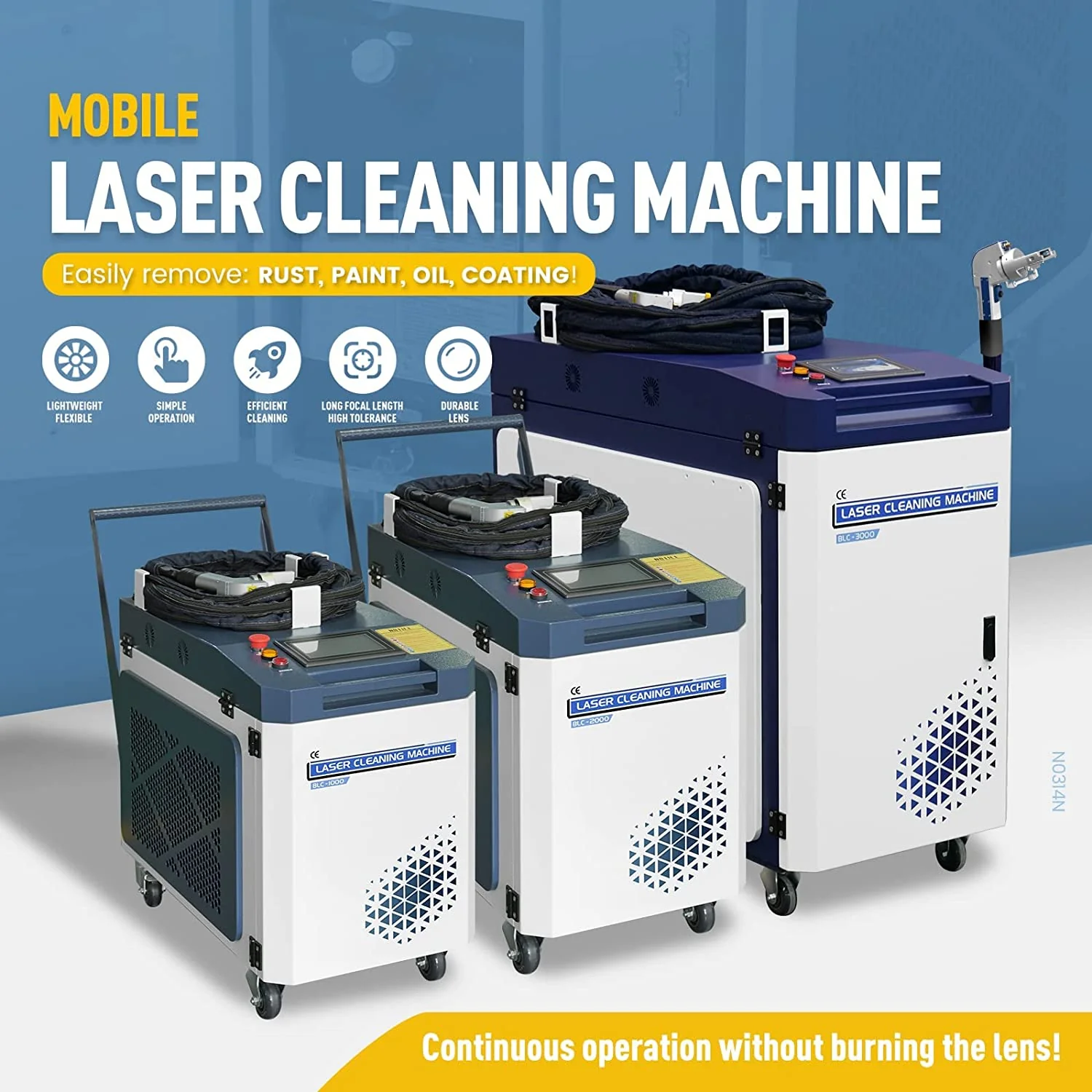
Related Questions & Answers
Q: Why is laser rust removal more popular in Europe compared to some other regions?
A: Europe has strict environmental regulations limiting chemical and abrasive cleaning, so laser cleaning fits well as a clean, residue-free alternative.
Q: Are laser rust removal machines expensive for small businesses in developing countries?
A: The initial cost can be high, but prices are dropping. Some manufacturers offer entry-level models suited for smaller budgets and simpler tasks.
Q: How does environmental policy impact laser rust removal adoption?
A: Strong environmental policies encourage replacing traditional, pollutive rust removal methods with laser cleaning, boosting demand.
Q: Can laser rust removal machines be used in the oil & gas industry worldwide?
A: Yes, especially in countries with large oil & gas sectors like the USA, Russia, and the Middle East, because lasers minimize downtime and environmental impact.

